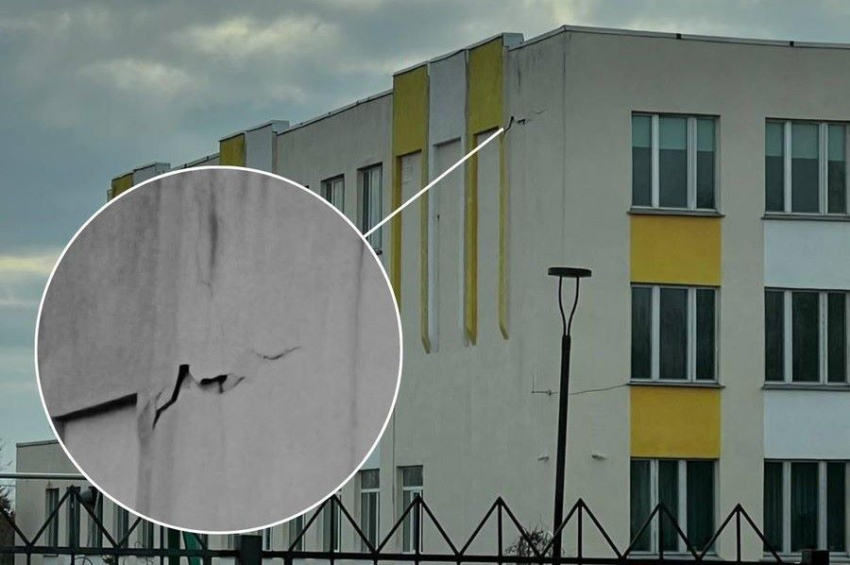How to explain the bursts of cerebral activity in near-death experiences?
Some people experience a surge in brain activity in the area associated with consciousness during their final moments, a fact that explains why many patients speak about vivid visions after their heart stopped beating.
A team of medical researchers from the University of Michigan, US, explained in a statement that the discovery emerged after they analyzed data from the brain activity of four comatose patients before they had passed away because of cardiac arrest.
Although the sample is small and normally would not produce conclusive results, the team published their findings in the journal Proceedings of the National Academy of Sciences.
“Reports of near-death experiences -- with tales of white light, visits from departed loved ones, hearing voices, among other attributes -- capture our imagination and are deeply engrained in our cultural landscape.
The fact that these reports share so many common elements begs the question of whether there is something fundamentally real underpinning them -- and that those who have managed to survive death are providing glimpses of a consciousness that does not completely disappear, even after the heart stops beating,” reads the statement.
The team identified four patients, with comatose and unresponsive status, who were determined to be beyond medical help and, with their families' permission, removed from life support.
Upon removal of the ventilator, two of the patients showed an increase in heart rate along with a surge of gamma wave activity, considered the fastest brain activity and associated with consciousness. Flare activity was also detected in the so-called hot zone of the brain, the junction between the temporal, parietal and occipital lobes in the back of the brain. This area is responsible for dreaming, visual hallucinations in epilepsy, and altered states of consciousness, according to other studies.
What the dying patients “saw” in reality is not possible to figure out, the team said, adding though that the observed findings provide a new framework for understanding of covert consciousness in the dying people.
Interestingly, in earlier studies researchers found similar experiences in rats.







![[video] Aerospace startup proposes sled launch system to push planes into space](/news_img/2024/11/15/news0_mediu.jpg)